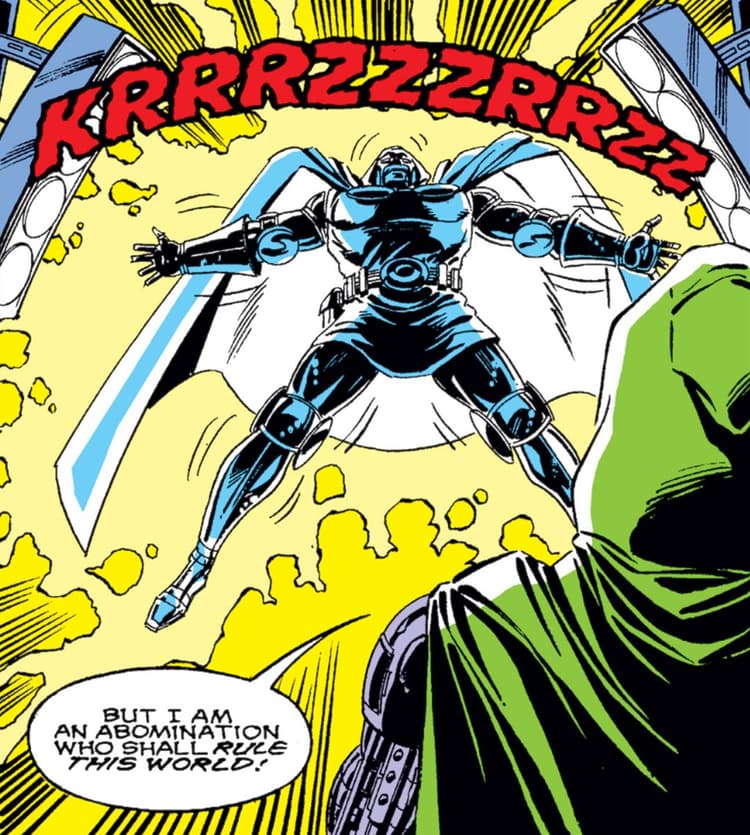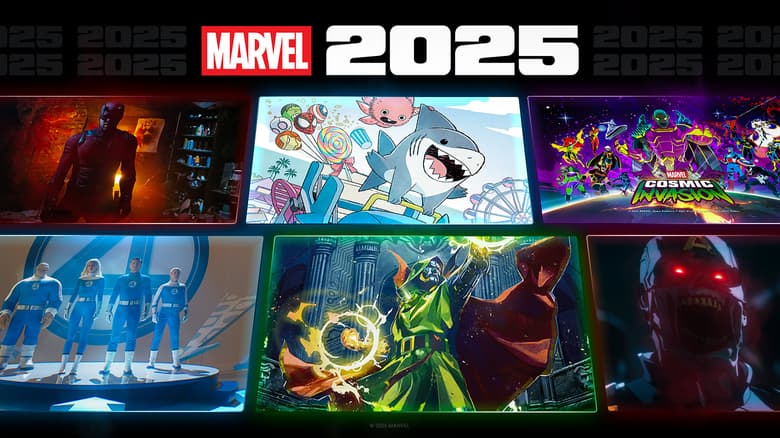Marvel's Voices: Janice Chiang Praises the 'Silent Soundtrack' of Lettering
On 'Marvel's Voices,' trailblazing letterer Janice Chiang discusses the evolution of lettering and why the art is so critical to comic books, then and now.
In a comic book creative team, letters play a vitally important role by providing all the text that makes reading the comic possible. In celebration of Letterer Appreciation Day, which takes place every September 1, one particular letterer got a well-deserved spotlight on Marvel’s Voices, a podcast that celebrates the diverse backgrounds and cultures of the comic creators who help bring the Marvel Universe and its iconic characters to life. Chinese American letterer and activist Janice Chiang has been working in the comics industry since the 1970s and continues to do so today, and her incredible work includes titles starring the biggest names in the Marvel Universe.
While in college, Chiang began working as a letterer and was well-treated among her peers in Marvel’s bullpen. Danny Crespi, a longtime letterer at Marvel who rose through years of service to become the publisher’s art and production supervisor, even took her under his wing. Since Chiang also worked with her older sister Fay as a community organizer in New York City, defending democratic rights and labor representation in Chinatown, she appreciated Marvel’s mentorship programs with local schools, which made the publisher feel like an active part of the city rather than a rigid corporate entity. As Chiang’s career as a freelance letterer progressed, she worked alongside fellow Asian American Marvel Comics creator Larry Hama, who was writing Marvel’s G.I. JOE (1982) series.
Reflecting on her childhood as a first-generation Chinese American born in the United States, Chiang noted that comics were among the early texts she read growing up that helped her learn English. In addition to reading comics at her local library, Chiang read comic strips printed in the daily newspaper, as the medium was popular in her family. “Sunday, they would have all the colored comics for us to read,” Chiang recalled. “My cousins were big comics readers.”
Since she comes from a fine arts background, Chiang’s main intent as a letterer is “to preserve the visual storytelling by not covering the crucial parts of the panel.” Chiang compared the process of making comic books to filmmaking, as both mediums involve its creative teams “working in layers.” In addition to looking at the script and its art directions, Chiang takes note of how artists interpret the script on the page so she can effectively figure out “the logistics of how it should flow,” complementing the story with her lettering.
Chiang paraphrased Stan Lee to observe that the most successful letterers in the industry go unnoticed by the reader because they’re “not impinging on the story or the art.” Chiang noted that this makes the role somewhat invisible, while also holding the distinction of being “difficult to do it well.” Although a letterer’s contribution is often overlooked, Chiang laughs that the unaware should “try reading the book without us,” since the letterer’s contributions are so vital to the medium.
Reflecting on changes to the industry since she started lettering over 40 years ago, Chiang explained that “you have to participate to make a change.” Chiang cited writer Gene Luen Yang, who helmed SHANG-CHI (2020), as helping bring more Asian American voices to the industry and praised him for making the Master of Kung Fu a fully-formed character rather than a shallow stereotype. Chiang observed that change takes persistence and foresight, but appreciates how things like webcomics and self-published titles have helped change the industry for the better.
With a robust and prolific career, Chiang has worked on everything from IRON MAN (1968), including the epic “Armor Wars” storyline, to GHOST RIDER (1990) and the introduction of Danny Ketch. She continues to work in the industry today, providing those all-important words that make each comic complete.
We're celebrating our letterers all month long! Stay tuned for more Letterer Spotlights throughout the month, and don't miss our Letterer Appreciation Day 2022 post, which collects all our lettering coverage so far.
You can grab these comics and more digitally or at your favorite local comic book shop. Be sure to ask your local shop about their current business policies to observe social distancing or other services they may offer, including holding or creating pull lists, curbside pick-ups, special deliveries, and other options to accommodate. Find and support your local comic book shop at ComicShopLocator.com or by visiting Marvel.com/LoveComicShops.
For digital comics, all purchases in the Marvel Comics app can be read on iPhone®, iPad® and select Android™ devices! Our smart-paneling feature provides an intuitive reader experience, ideal for all types of mobile device and tablet users! Download the app on iOS and Android now!
The Daily Bugle
Can’t-miss news and updates from across the Marvel Universe!






